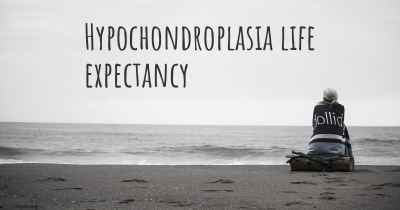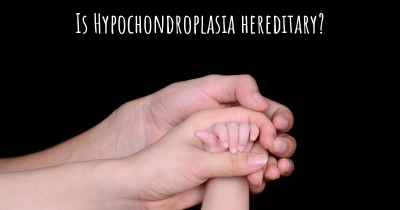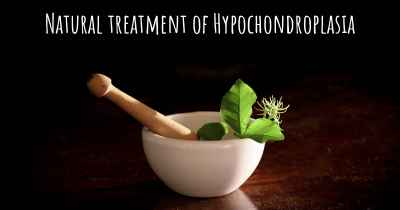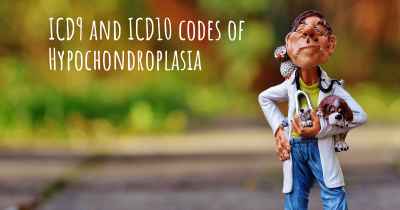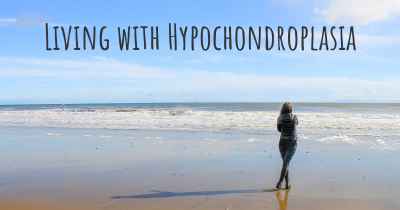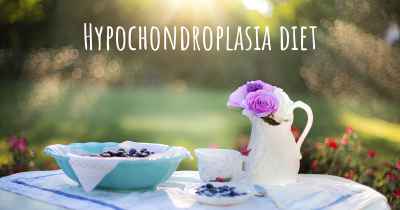Is it advisable to do exercise when affected by Hypochondroplasia? Which activities would you suggest and how intense should they be?
See if it is advisable for people with Hypochondroplasia to practice sports and which ones are the most recommended if you have Hypochondroplasia
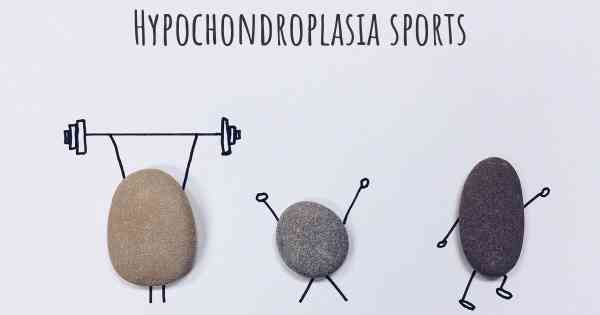
Hypochondroplasia is a genetic disorder that affects bone growth, resulting in short stature. While it is important to consult with a healthcare professional before starting any exercise program, physical activity can be beneficial for individuals with hypochondroplasia.
Exercise can help improve overall health and well-being for individuals with hypochondroplasia. Regular physical activity can help strengthen muscles, improve cardiovascular health, enhance flexibility, and promote a healthy weight. Additionally, exercise can have a positive impact on mental health, reducing stress and improving mood.
When choosing exercises for individuals with hypochondroplasia, it is important to consider their unique needs and limitations. Low-impact activities that minimize stress on the joints and spine are generally recommended. Here are some exercise suggestions:
- Swimming: Swimming is an excellent low-impact exercise that provides a full-body workout. It helps improve cardiovascular fitness, strengthens muscles, and enhances flexibility. The buoyancy of water reduces stress on the joints, making it a safe and effective option for individuals with hypochondroplasia.
- Cycling: Cycling, whether on a stationary bike or outdoors, is a low-impact exercise that can be easily modified to suit individual needs. It helps improve cardiovascular health, strengthens leg muscles, and promotes joint mobility. Adjusting the seat height and using proper cycling techniques can ensure a comfortable and safe workout.
- Yoga: Yoga focuses on stretching, flexibility, and balance. It can help improve posture, relieve muscle tension, and enhance overall body awareness. Modified yoga poses can be beneficial for individuals with hypochondroplasia, ensuring that movements are safe and comfortable.
- Strength training: Strength training exercises, using resistance bands or light weights, can help build muscle strength and improve bone density. It is important to start with low weights and gradually increase intensity to avoid strain or injury. Working with a qualified trainer or physical therapist can ensure proper form and technique.
- Walking: Walking is a simple and accessible exercise that can be tailored to individual fitness levels. It helps improve cardiovascular health, strengthens leg muscles, and promotes bone health. Using proper footwear and choosing appropriate walking surfaces are important considerations to minimize joint impact.
It is crucial to emphasize that individuals with hypochondroplasia should consult with a healthcare professional or a physical therapist before starting any exercise program. They can provide personalized guidance, considering the individual's specific needs, limitations, and overall health. Additionally, it is important to listen to the body and make modifications or take breaks as needed during exercise.
Remember, consistency is key when it comes to exercise. Starting with shorter durations and gradually increasing intensity and duration over time can help individuals with hypochondroplasia safely and effectively incorporate physical activity into their lifestyle. Regular exercise, combined with a balanced diet and overall healthy habits, can contribute to improved physical and mental well-being.
